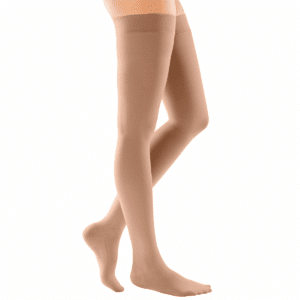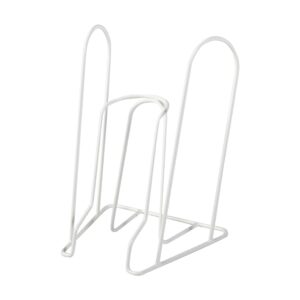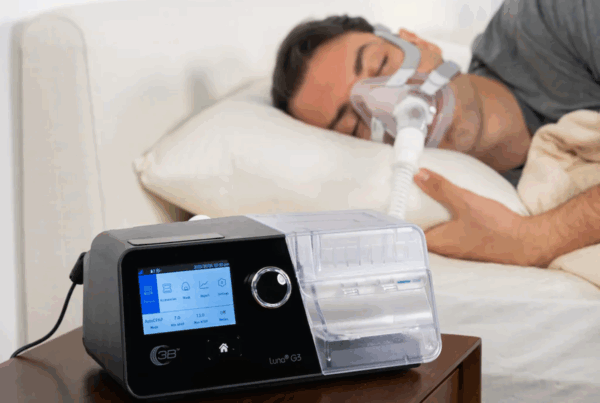Compression stockings aren’t just for one group of people—they can support healthier circulation for a wide range of needs. Below, we break down the most common conditions where compression can help, the best style (knee-high, thigh-high, pantyhose, or maternity), what compression level is most likely needed, and whether a prescription is required.
Note: Compression stockings are a cash pay product and are typically not covered by insurance. However, you can always submit your receipt to your provider to see if reimbursement is possible. The great news? All compression products are eligible for HSA and FSA coverage, so you can use pre-tax dollars with confidence.
Varicose Veins
Why Compression Helps: Varicose veins occur when blood pools in the veins, leading to bulging, aching, or heaviness. Graduated compression improves circulation and helps reduce pain and swelling.
- Recommended Style: Thigh-High or Pantyhose (to support the entire leg and prevent blood from pooling higher up)
- Compression Level: 20–30 mmHg (Firm)
- Prescription Needed? Usually, yes, especially if symptoms are moderate to severe.
Leg Swelling from Standing or Sitting
Why Compression Helps: If you’re on your feet all day, behind a desk, or traveling frequently, circulation slows and fluid builds up in the lower legs. Compression reduces swelling and keeps blood moving.
- Recommended Style: Knee-High for everyday work and travel, or Thigh-High if swelling extends above the knee
- Compression Level: 15–20 mmHg (Medium) for most; 20–30 mmHg (Firm) for more persistent swelling
- Prescription Needed? No, unless using higher (20–30 mmHg and above) for medical conditions
Post-Surgery Recovery
Why Compression Helps: After surgery, circulation can slow, raising the risk of blood clots and swelling, compression supports healthy blood flow while you heal.
- Recommended Style: Depends on surgical site—Knee-High is common, but Thigh-High or Pantyhose may be prescribed for more coverage
- Compression Level: 20–30 mmHg (Firm) or higher, depending on your doctor’s guidance
- Prescription Needed? Yes. Post-surgical compression should always be guided by your provider.
Athletes and Travelers
Why Compression Helps: Whether you’re running, cycling, flying, or driving long distances, compression reduces muscle fatigue, speeds recovery, and lowers the risk of clots from sitting still too long.
- Recommended Style: Knee-High (easy to wear, great for calves and travel)
- Compression Level: 15–20 mmHg (Medium) for prevention and recovery; some athletes choose 20–30 mmHg (Firm) for performance
- Prescription Needed? No, unless using higher-level medical compression.
Maternity
Why Compression Helps: Pregnancy increases blood volume and puts pressure on veins, often leading to swelling, heaviness, and varicose veins. Compression stockings reduce these symptoms and help prevent complications.
- Recommended Style: Maternity Pantyhose or Thigh-High (to support both legs and growing belly)
- Compression Level: 15–20 mmHg (Medium) for mild swelling; 20–30 mmHg (Firm) for more significant issues under medical advice
- Prescription Needed? Sometimes, lower levels are safe OTC, but higher levels should be prescribed by your OB or provider.
Key Takeaways
- Cash Pay Product: Compression stockings are typically not insurance-covered, but you may submit receipts for possible reimbursement.
- HSA/FSA Eligible: Every compression product qualifies, so you can confidently use your pre-tax health dollars.
- Get Fitted In-Store:Proper fit is essential for comfort and effectiveness. Visit any of our stores during business hours, and our trained fitters will measure you and help select the best option for your needs.
















